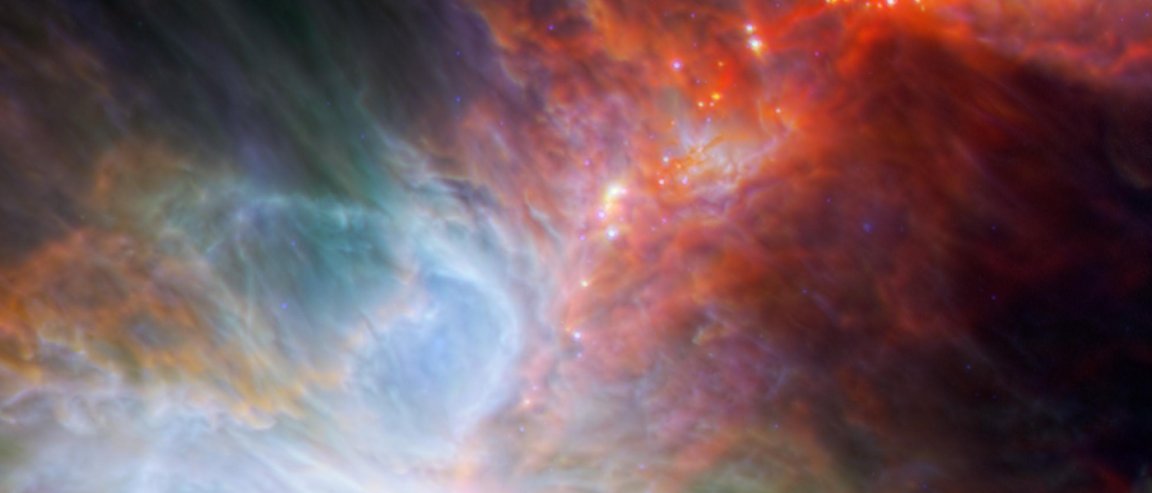
UPDATE 06/15/2017: NASA has postponed the launch due to weather. According to the official website: “The launch of a NASA Terrier Improved Malemute is now scheduled for no earlier than June 16, with a window from 9:05 to 9:20 p.m. [EDT]”
Seven is, in many cultures, a lucky number — and NASA is hoping it could prove to be the same for them. Tonight, June 13, between 9:04 and 9:19 pm EDT, the space agency will attempt for the seventh time to launch a sounding rocket from its Wallops Flight Facility in Virginia.
Five minutes into the rocket’s takeoff, it will jettison 10 canisters, each about the size of a soft drink can, which will spray minute amounts of barium, strontium, and cupric oxide into the atmosphere. This cloud-seeding process will create red and blue-green artificial clouds.
What’s it for? Well for one, to create colorful clouds to adorn to night sky — but also as a way to study how particles move around the ionosphere. Located about 74 km (46 miles) above the surface and extending into space nearly 1,000 km (621 miles), the ionosphere is the part of the Earth’s upper atmosphere where charged particles from the sun turn atoms into ions.
“After releasing this material in space, researchers then visually observe the subsequent movement of the vapor as it traces the motions of background environment,” NASA wrote in a post on their official website. “This technique is analogous to that of injecting a small, harmless dye into a river or stream, to study its currents, eddies, and other motions.”
If you want to observe this perfectly harmless experiment, it will be live-streamed via the link below.
Offline, in real life, it may actually be visible along the eastern seaboard of the U.S. from New York to North Carolina, and as far inland as to Charlottesville, Virginia — assuming there are clear skies. Otherwise NASA might just have cancel — if lucky number seven doesn’t prove lucky after all.